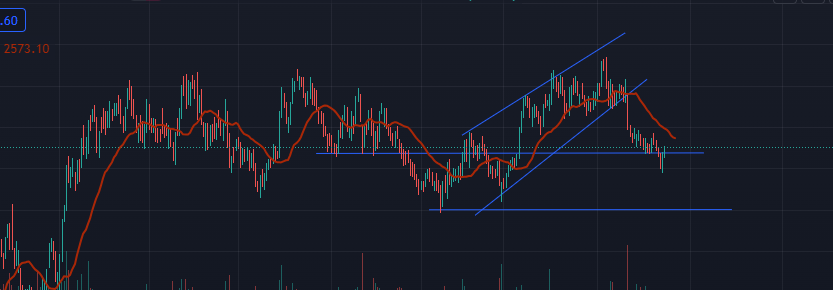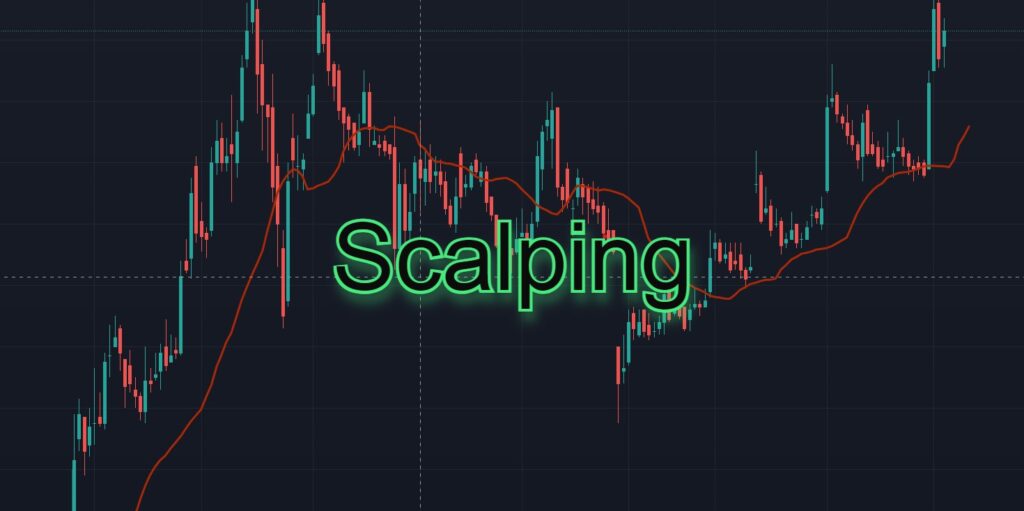Scalp trading is a popular trading method that entails making several trades over quick time frames to profit from small rate actions. It requires a eager eye for marketplace developments, powerful risk control, and the ability to make quick decisions. In this blog put up, we will explore the idea of scalp trading and provide you with treasured insights and techniques to help you come to be a successful scalp dealer.
Table of Contents
- Understanding Scalp Trading:
- Essential Tools for Scalp Trading
- Developing a Scalp Trading Strategy
- Scalp Trading Techniques:
- Psychological Aspects of Scalp Trading
- Conclusion
Understanding Scalp Trading:
Scalp trading focuses on taking advantage of small price differentials in the market. Traders typically aim to enter and exit positions within seconds to minutes, making multiple trades throughout the day. The primary objective is to accumulate small profits that can quickly add up over time.
Essential Tools for Scalp Trading

To engage in scalp trading effectively, you’ll need the right tools at your disposal. These include a fast and reliable internet connection, a powerful computer or laptop, real-time market data, and a robust trading platform that offers advanced charting tools and order execution capabilities.
Developing a Scalp Trading Strategy
- Selecting Tradable Instruments: Choose highly liquid financial instruments with tight bid-ask spreads, such as forex currency pairs, stocks, or indices. Liquidity is crucial in scalp trading, as it allows for quick entry and exit from positions without slippage.
- Identifying Scalp Trading Opportunities: Look for volatile market conditions and short-term price patterns. Common techniques include analyzing candlestick patterns, utilizing technical indicators (e.g., moving averages, stochastic oscillators), and monitoring support and resistance levels.
- Setting Entry and Exit Points: Define precise entry and exit points based on your analysis. Consider using limit orders for entry to ensure you enter at your desired price. Determine a profit target and stop-loss level to manage risk effectively.
- Managing Risk: Implementing proper risk management is essential in scalp trading. Determine the maximum amount you’re willing to risk per trade and stick to it. Maintain a favorable risk-to-reward ratio by adjusting your profit targets and stop-loss levels accordingly.
Scalp Trading Techniques:
- Breakout Trading: Identify key levels of support and resistance and enter trades when the price breaks through these levels, indicating a potential trend continuation.
- Range Trading: Identify price ranges where the price is consolidating and trade the price fluctuations within that range. Buy at support levels and sell at resistance levels.
- News Trading: React quickly to significant news events that cause price volatility. Monitor economic calendars and news releases that can impact the financial markets and take advantage of short-term price movements.
Psychological Aspects of Scalp Trading
Scalp trading is a quick-time period trading method that entails making more than one speedy trades inside a unmarried day to make the most of small charge moves in economic markets. Due to its fast-paced nature and steady decision-making, there are several psychological elements that investors engaging in scalp buying and selling want to consider. Right here are a number of the key mental elements related to scalp buying and selling:
Stress and strain: Scalp trading may be enormously annoying due to the need to make quick choices, screen a couple of trades simultaneously, and respond to swiftly changing marketplace conditions. The stress to constantly make profitable trades within brief timeframes can cause heightened strain ranges, which may also effect a dealer’s mental and emotional well-being.
Impulsivity: Scalp buying and selling requires investors to behave quick and seize opportunities as they rise up. This can sometimes result in impulsive selection-making, where buyers may additionally input or exit trades without thoroughly reading the market or their trading plan. Impulsivity can increase the risk of making hasty and doubtlessly unprofitable trades.
Emotional control: keeping emotional manage is critical for scalp investors. Quick market movements can trigger sturdy feelings which includes fear, greed, and frustration. Traders want to manipulate those feelings efficiently to avoid making rash decisions based totally on brief-time period emotional reactions.
Overtrading: the short-paced nature of scalp buying and selling can result in overtrading, where buyers execute extra trades than their method or chance control plan permits. Overtrading increases transaction expenses, will increase the threat of losses, and might result in mental and emotional exhaustion.
Chance control: effective danger management is crucial in scalp trading. Buyers need to set strict forestall-loss and take-profit ranges to limit potential losses and at ease income. Ignoring risk control can reveal traders to substantial monetary losses and emotional misery.
Adaptability: marketplace situations can alternate rapidly, and scalp investors need to be adaptable and short to modify their techniques as a consequence. The ability to hastily adapt to converting market dynamics is crucial for fulfillment in scalp trading.
Persistence and area: even as scalp buying and selling involves common trades, staying power and area are still required. Buyers want to stick to their buying and selling plans, look forward to suitable setups, and keep away from chasing after each fee motion. Impatient buying and selling can lead to losses and frustration.
Statistics Overload: Scalp buying and selling often involves tracking multiple financial units and interpreting a large amount of statistics in real-time. Coping with data overload may be mentally taxing and may affect a trader’s capability to make clean and rational selections.
Confirmation Bias: buyers may increase affirmation bias, where they searching for out facts that supports their present beliefs about the marketplace and forget about statistics that contradicts their views. This cognitive bias can prevent buyers from objectively assessing marketplace situations.
Burnout: the extreme nature of scalp trading can result in burnout through the years. Continuous monitoring, short decision-making, and the strain to perform nicely can take a toll on a dealer’s mental and physical nicely-being.
To succeed in scalp trading, investors need a solid buying and selling plan, effective hazard control techniques, emotional resilience, and the capacity to research from each successes and screw ups. It is crucial for scalp buyers to be self-aware, constantly paintings on improving their psychological abilties, and do not forget their mental well-being as a priority.
Conclusion
Scalp trading may be a worthwhile trading method if approached with the proper mind-set and techniques. It demands brief selection-making, strict hazard management, and a strong understanding of market dynamics. By means of imposing the strategies and hints discussed on this blog submit, you’ll be better geared up to navigate the quick-paced global of scalp buying and selling and boom your probabilities of success. Keep in mind, exercise, patience, and continuous mastering are key to studying this buying and selling style.



